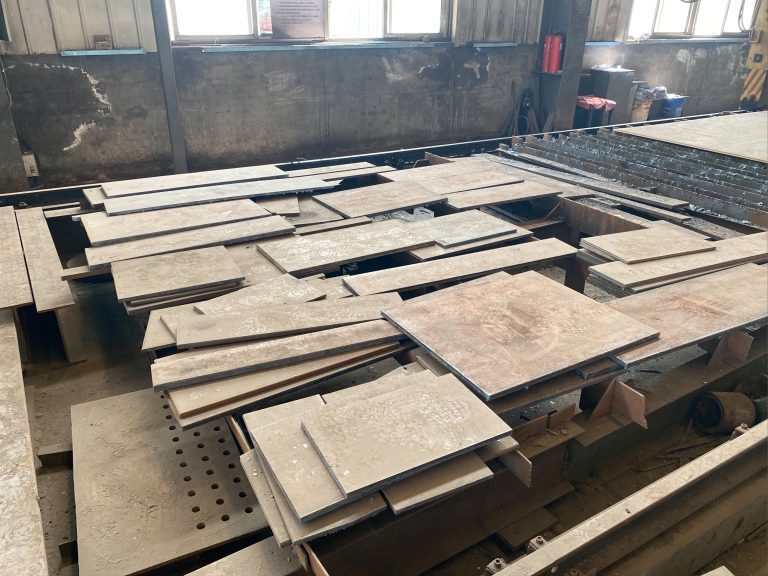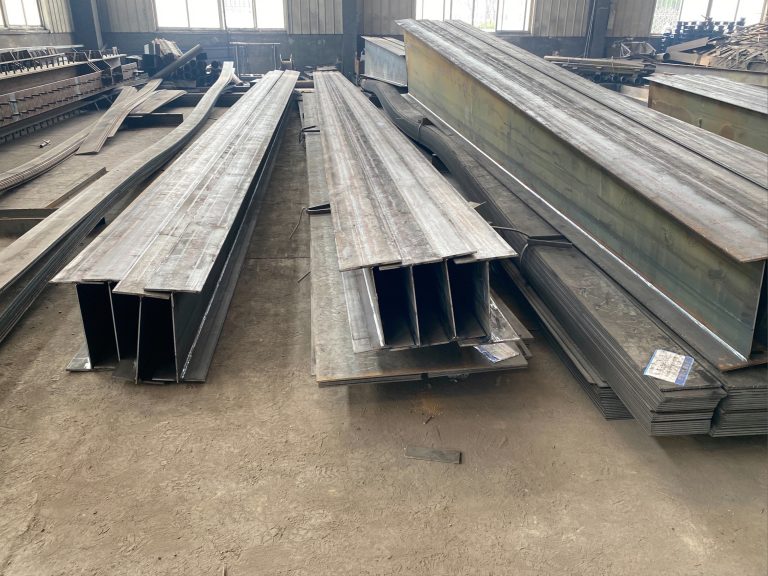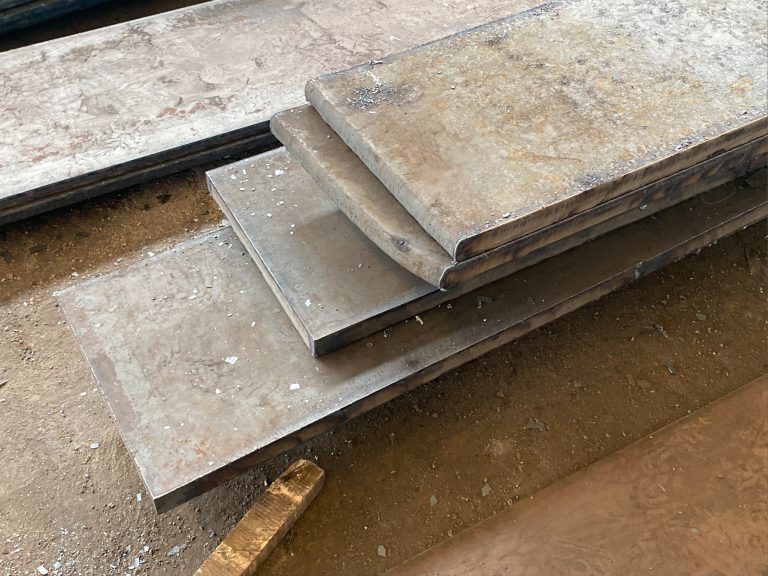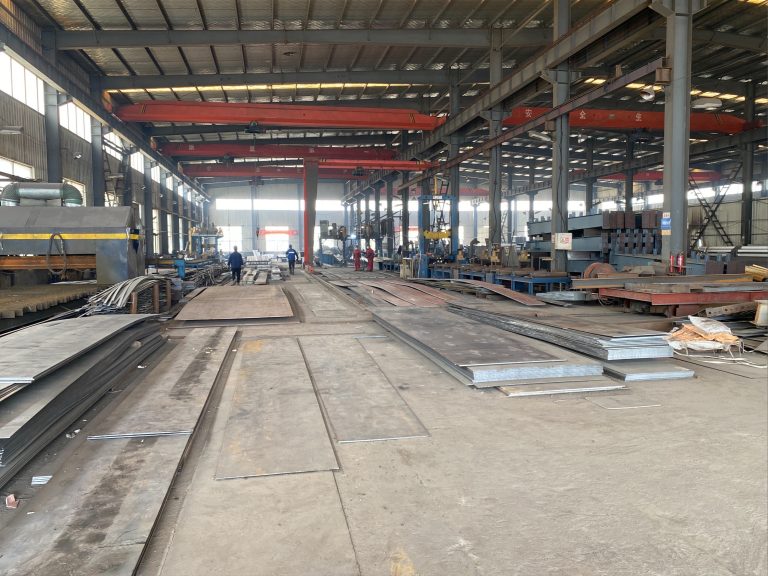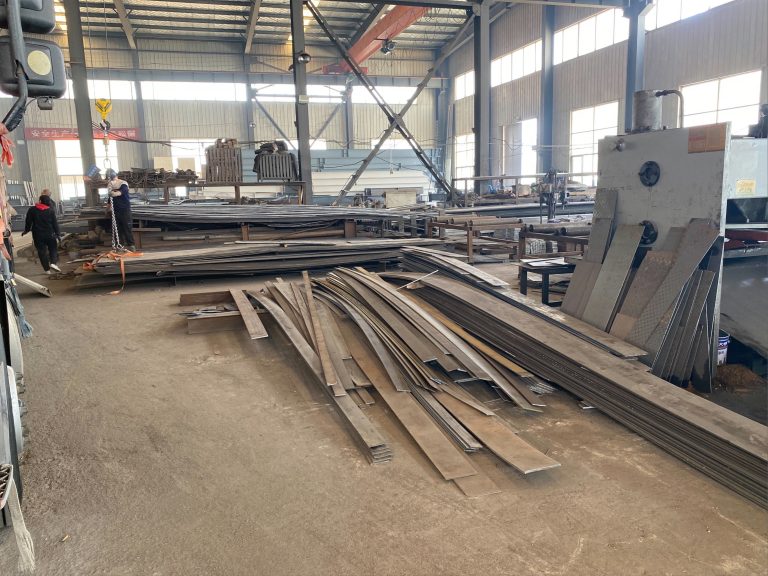What are the characteristics of the material source and manufacturing process of sound absorbing cotton?
Table of Contents
Benefits of Using Sound Absorbing Cotton in Interior Design
Sound absorbing cotton is a versatile material that has become increasingly popular in interior design for its ability to reduce noise levels and create a more peaceful and comfortable environment. Understanding the characteristics of the material source and manufacturing process of sound absorbing cotton can help designers and homeowners make informed decisions when incorporating this material into their spaces.
One of the key characteristics of sound absorbing cotton is its natural and sustainable source. This material is typically made from natural fibers such as cotton or wool, which are renewable resources that have minimal impact on the environment. By choosing sound absorbing cotton, designers can reduce their carbon footprint and contribute to a more sustainable future.
In addition to its eco-friendly source, sound absorbing cotton is also known for its excellent sound absorption properties. This material is able to absorb and dampen sound waves, reducing echo and reverberation in a space. This can help create a more peaceful and comfortable environment, especially in noisy or high-traffic areas.
The manufacturing process of sound absorbing cotton is also an important consideration when choosing this material for interior design projects. The production of sound absorbing cotton typically involves weaving or compressing the natural fibers to create a dense and porous material that is effective at absorbing sound waves. This process requires specialized equipment and skilled labor to ensure the quality and consistency of the final product.
One of the benefits of using sound absorbing cotton in interior design is its versatility. This material can be used in a variety of applications, from wall panels and ceiling tiles to furniture upholstery and curtains. Designers can easily incorporate sound absorbing cotton into their projects to create a more acoustically balanced and aesthetically pleasing space.
Another advantage of sound absorbing cotton is its durability and longevity. This material is resistant to wear and tear, making it a practical choice for high-traffic areas or commercial spaces. With proper care and maintenance, sound absorbing cotton can last for many years, providing long-lasting acoustic benefits to the space.
Furthermore, sound absorbing cotton is a cost-effective solution for improving the acoustics of a space. Compared to other soundproofing materials, such as foam or fiberglass, sound absorbing cotton is more affordable and readily available. Designers can achieve excellent sound absorption results without breaking the bank, making sound absorbing cotton a practical choice for budget-conscious projects.
In conclusion, the characteristics of the material source and manufacturing process of sound absorbing cotton make it an attractive option for interior design projects. From its natural and sustainable source to its excellent sound absorption properties, sound absorbing cotton offers a range of benefits for creating a more peaceful and comfortable environment. Designers and homeowners can confidently incorporate sound absorbing cotton into their spaces knowing that they are choosing a versatile, durable, and cost-effective material that will enhance the acoustics of the space for years to come.
How the Manufacturing Process of Sound Absorbing Cotton Affects its Performance
Sound absorbing cotton is a popular material used in various industries to reduce noise levels and improve acoustics. Understanding the characteristics of the material source and manufacturing process of sound absorbing cotton is essential to ensure its effectiveness in sound absorption.
The material source of sound absorbing cotton plays a crucial role in determining its performance. Typically, sound absorbing cotton is made from natural fibers such as cotton or wool. These fibers are known for their ability to absorb sound waves and reduce noise levels. Cotton, in particular, is a popular choice due to its soft texture and high absorbency.
The manufacturing process of sound absorbing cotton also has a significant impact on its performance. During the production process, the fibers are treated with various chemicals and processes to enhance their sound absorption properties. For example, the fibers may be treated with flame retardants to improve their fire resistance or with anti-microbial agents to prevent the growth of mold and bacteria.
In addition to the treatment of the fibers, the manufacturing process of sound absorbing cotton also involves the creation of the final product. The fibers are typically compressed and formed into panels or sheets that can be easily installed in various applications. The density and thickness of the material can also be adjusted during the manufacturing process to achieve the desired level of sound absorption.

One of the key characteristics of sound absorbing cotton is its ability to absorb sound waves across a wide range of frequencies. This is important in environments where there are multiple sources of noise, such as in offices or commercial buildings. Sound absorbing cotton can help to reduce reverberation and echo, creating a more comfortable and productive environment for occupants.
Another important characteristic of sound absorbing cotton is its durability and longevity. When properly maintained, sound absorbing cotton can last for many years without losing its effectiveness. This is important in applications where the material is exposed to high levels of noise or where frequent maintenance is not feasible.
The material source and manufacturing process of sound absorbing cotton also play a role in its environmental impact. Cotton, being a natural fiber, is biodegradable and renewable, making it a more sustainable choice compared to synthetic materials. Additionally, the manufacturing process of sound absorbing cotton can be optimized to reduce waste and energy consumption, further reducing its environmental footprint.
In conclusion, the characteristics of the material source and manufacturing process of sound absorbing cotton are crucial in determining its performance and effectiveness in reducing noise levels. By understanding these characteristics, manufacturers and designers can create products that meet the needs of their customers while also being environmentally friendly. Sound absorbing cotton continues to be a valuable material in the quest for quieter and more comfortable spaces.

